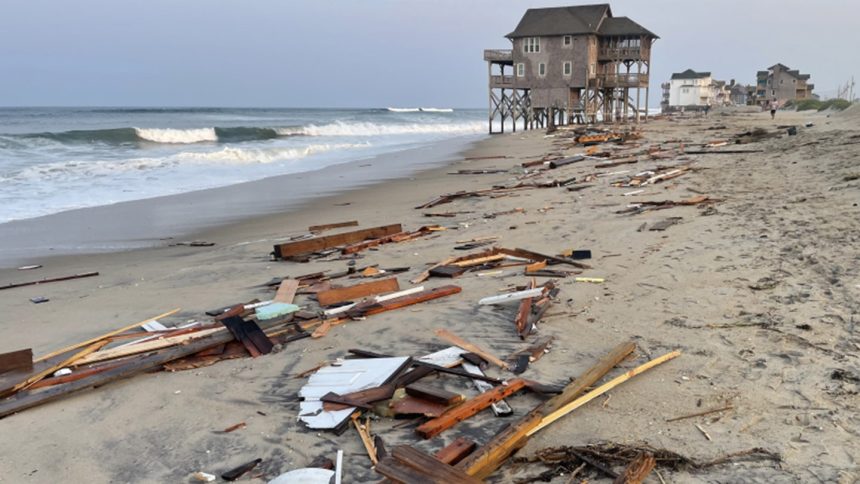Combating Coastal Erosion: Innovative Techniques Utilizing Low Voltage

The Challenge of Coastal Erosion
Coastal regions face significant threats from erosion, a phenomenon exacerbated by rising sea levels and intensified storms. This gradual loss of land not only endangers ecosystems but also jeopardizes the infrastructure and livelihoods of coastal communities globally.
Innovative Solutions: Harnessing Low Voltage For Change
Recent research has unveiled a promising method to combat this persistent issue. By applying low electrical voltages to sand, scientists have discovered a mechanism that encourages the formation of minerals which facilitate the binding of grains into solid, erosion-resistant structures. This technique showcases a sustainable approach to mitigating shoreline degradation.
The Science Behind It
The innovative process involves utilizing low voltage current to initiate chemical reactions within the sand particles. These reactions promote mineralization resulting in stronger aggregates that behave akin to natural rock formations. Consequently, shorelines can be effectively reinforced against relentless wave action.
Real-World Applications and Statistics
As an example, areas heavily afflicted by coastal erosion could benefit immensely from such techniques. In fact, according to recent statistics from environmental reports published in 2023, nearly 50% of coastlines worldwide are facing active erosion challenges resulting in multiple billions spent annually on mitigation efforts.
Toward Sustainable Shoreline Management
This novel application not only addresses immediate concerns over coastline stability but also aligns with larger environmental sustainability goals. The potential for creating robust shorelines could reduce reliance on conventional construction strategies that often disrupt natural habitats.
A Glimpse into Future Possibilities
As research progresses and techniques become refined, there’s hope for broader adoption in coastal management practices across various regions globally plagued by similar challenges. Implementations like these could mark a pivotal shift towards embracing more ecologically sound solutions for preserving our precious coastlines without extensive ecological drawbacks.






